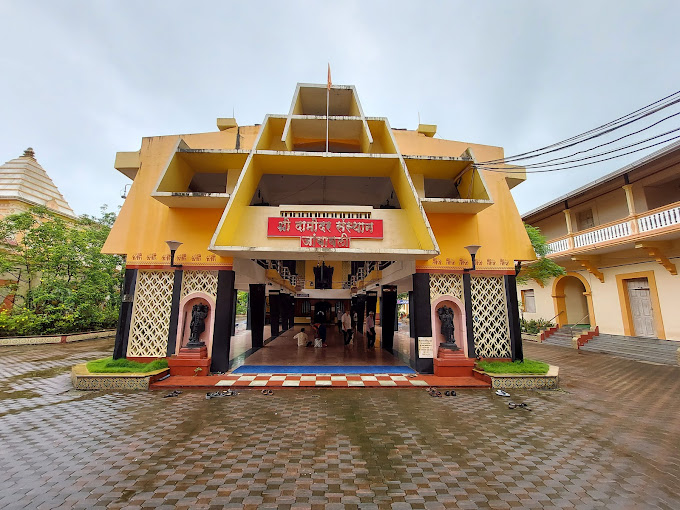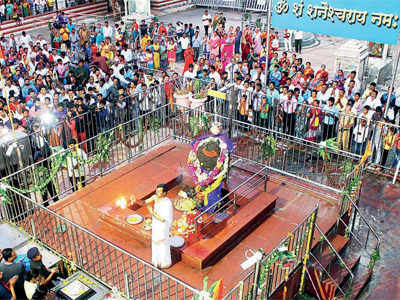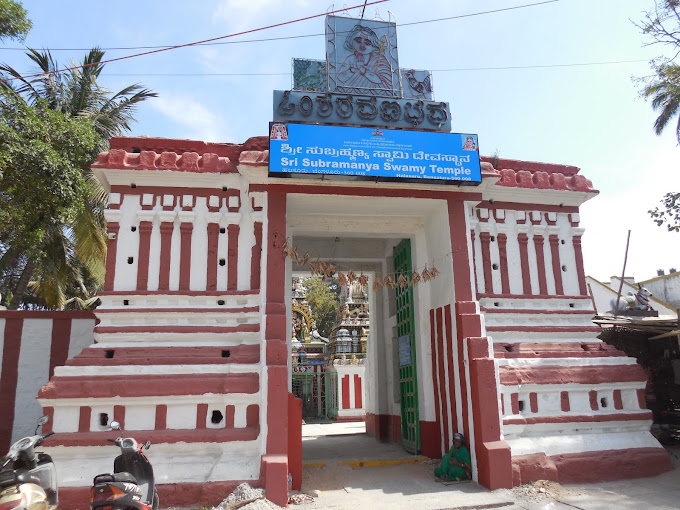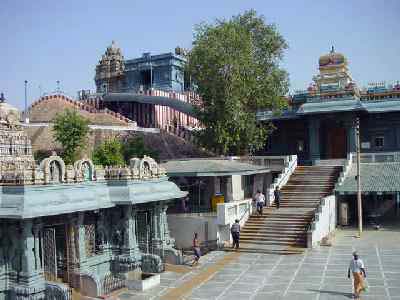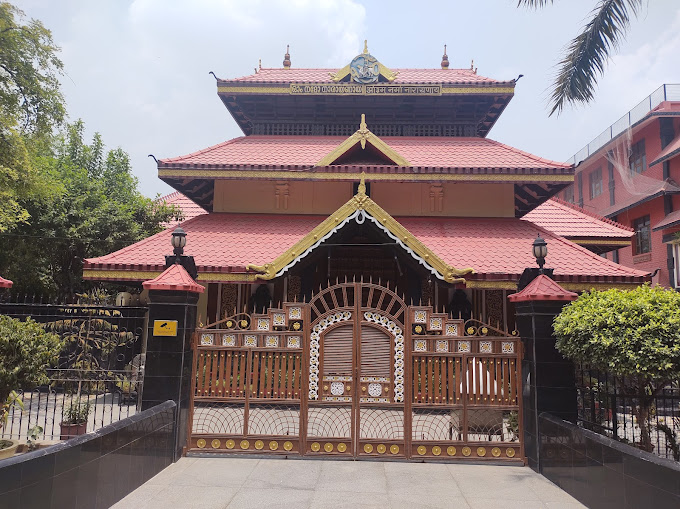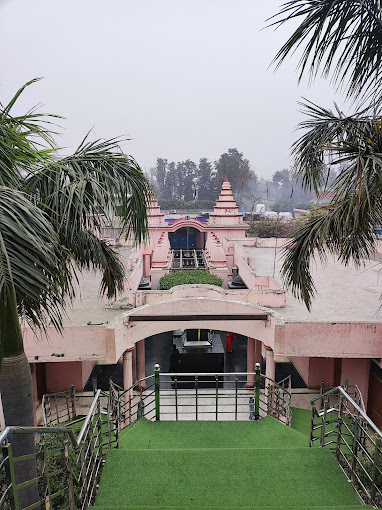Irumbai Sri Mahaleswarar Temple, Villupuram
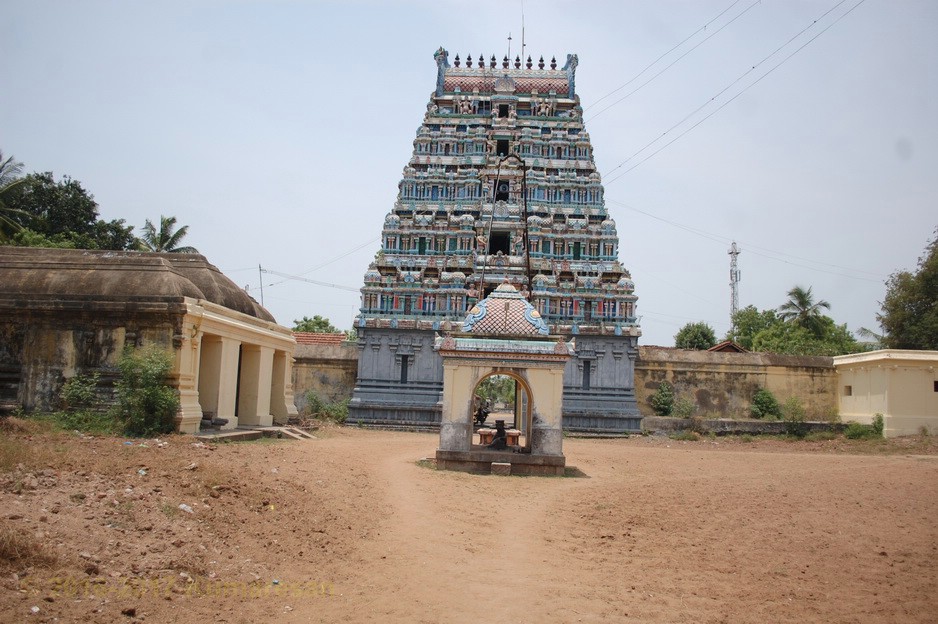
Address
Irumbai Shri Mahakaleswarar Temple, Irumbai Mahalam, Vanur Taluk, Villupuram District, Tamil Nadu – 605 111 Tele: +91- 413 – 268 8943, 98435 26601.
Diety
Maakaleswarar Amman: Madurasundra Nayagi
Introduction
Irumbai Mahaleswarar Temple is a Hindu temple located at Irumbai in Vanur taluk in Villupuram district, Tamil Nadu, India. The presiding deity is Shiva. He is called as Maakaleswarar. His consort is known as Kuyilmozhi Ammai. Thala Virutcham : Punnai Theertham : Makala Theertham
Puranic Significance
It is believed that this temple was built in the 7th century by Chola King Kulothungan III. As per the inscriptions on the stone walls of the temple, the village’s name is mentioned as “Iruncheri”. Another reasoning behind the name Irumbai is that this place was once densely populated by Iluppai trees and so the village got the name Iluppai. Over a period of time this name got changed to Irumbai. This temple is associated with the legend of Kaduveli Siddhar, a famous yogi who lived in the area about five hundred years ago. According to the legend, a saint called Mahakala Rishi, during his pilgrimage, installed three lingams – one in Ujjain in North India (Vada Naadu), one at Ambar Makalam near Mayiladuthurai in the south (Then Naadu) and the third one at this place (Nadu Naadu). Hence the Lord here is named Sri Mahakaleshwarar. Another interesting story associated with this place is that of sage Kaduveli Siddhar. It is believed that he would perform severe penance by sitting under a peepal tree in yogic posture for days at a stretch. Once, during his penance, the heat of his body became so intense that the rain gods suffered, there was no rain and the people were exposed to hardship and drought. The situation worsened to such a degree that it finally came to the knowledge of King Kulothungan, who ruled from Kottakkarai. Since no one dared to disturb Kaduveli Siddhar in his penance as he chanted the mantra of Lord Shiva, the King announced that whoever could break the Siddhar’s penance will be suitably rewarded. Tempted by the reward, a temple dancer named Valli who was devoted to Lord Shiva, decided to try her best to break the Siddhar’s penance. She observed that the Siddhar would occasionally catch and consume the falling and withered peepal leaves. To get his attention, she tactfully prepared some fried papads (thin, crispy wafers) which had salt in it and placed them around him. After a few days of consuming the salted papads thinking that they were peepal leaves, the Siddhar got back to his sense. When he opened his eyes and saw the papads and also saw Valli standing nearby, he asked her why she had fed him these papads and what had happened. She explained him about the abnormal heat around this place and the lack of rain. She further told him that this was due to his severe penance. Since his penance was broken and the heat started reducing, the rain god was relieved from the torturous heat and granted showers of rain. In order to celebrate this event, the King ordered for a big pooja to be held at this temple. Valli being the temple dancer was supposed to perform the cosmic dance of Lord Shiva (Anantha Thandavam). She invited the Siddhar to the temple for the Pooja as well as to watch her dance performance, which he accepted. However, during the performance, one of her anklets fell off, and she lost her rhythm. Kaduveli Siddhar, who saw the Lord Shiva in Valli, picked up the anklet and put it back on her feet. Since he had touched the feet of a dancing girl, he was exposed to the ridicule of the people as well as the King. Angered by the heckling, the Siddhar asked Lord Shiva to come out of his temple and prove his innocence by causing a rain of stones.Immediately the lingam in the sanctum sanctorum of the temple exploded into three pieces, and wherever those fragments fell, that place became a desert. The Siddhar cursed that these places would become uninhabited and devoid of all vegetation. To this day, there is such a desert called “Kaduveli” at a distance of about three kilometres from this village. On realizing the truth and power of the Siddhar the King begged for forgiveness and pleaded him to quench the effects of the curse. The Siddhar was appeased by the King’s request and said that although he could not change what had already happened, in the future, people from far-off lands would come and make the deserted lands green and fertile again. Further, the Siddhar was also requested to mend the broken Shivalingam. He sang the following song to join the broken fragments. When he finished this song the fragments were joined together. Today, some of the villagers feel that the Aurovilians are the people from the far-off lands that the Siddhar had mentioned and that the curse is now beginning to leave. Another legend associated with this temple is that once two Asuras (demons) worshipped Lord Shiva to seek the boon of marrying Goddess Parvathi. Angered by this, Goddess Parvathi took the form of Maha Kali and destroyed them. It is believed that Goddess Parvathi was inflicted with the “Brahmahathi Dosham” (the sin accrued by the act of taking a life) due to the killing of those two demons. She worshipped Lord Shiva at this place to seek respite from this dosham.
Beliefs
People pray to Lord Mahakaleswara for longevity. Innocent people blamed unjustly pray for the removal of such scars.
Special Features
Sri Vinayaka of the temple is worshipped as Lord Sundara Ganapathi. The vimana, tower above the sanctum sanctorum is of Ekadala design. The temple is praised in the hymns of Saint Gnanasambandar and Arunagiriar. Lord Nataraja graces from a shrine left of that of Ambica. His leg is seen slightlyfolded which is attributed to His pleasant state of mind. There is a fire circle around Lord Nataraja, Mother Shivakami, a rare darshan for the devotees. As this shrine is just before that of Ambica, the devotee can have the darshan of presiding Shiva, Nataraja and Ambica simultaneously. Behind is the shrine of Lord Muruga with six faces accompanied by His consorts Valli and Deivanai. Kalabhairava graces from a separate shrine facing south. Lord Shiva in the temple is a swayambumurthy. Shivalinga in the temple is split into three parts with three faces. All the three faces are covered by a copper plate and pujas performed. It is said that the three faces represent three Lords Brhamma, Vishnu and Shiva. This form of Lord Shiva is very rare in temples.
Festivals
Masi Magam and Shivrathri in February-March, Tirukarthikai in November-December and Panguni Uthiram in March-April are the festivals celebrated in the temple.
Century/Period/Age
1000-2000 years old
Managed By
Hindu Religious and Charitable Endowments (HRCE)
Nearest Bus Station
Irumbai
Nearest Railway Station
Villupuram
Nearest Airport
Puducherry

